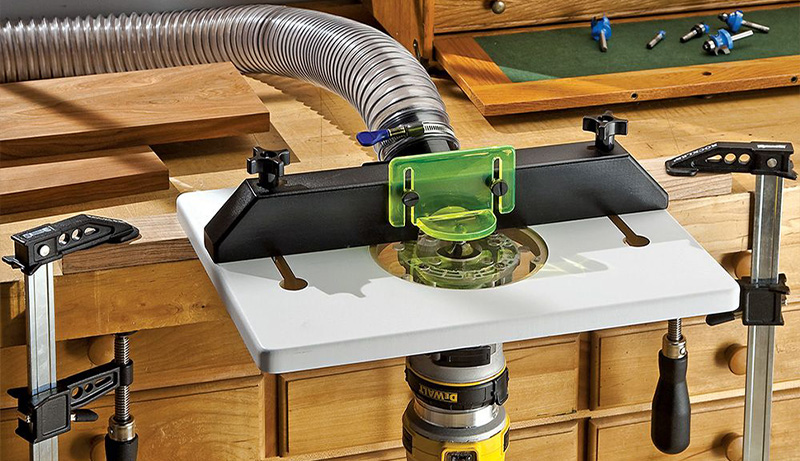If you’re a music enthusiast, you understand the significance of having an amplifier speaker system and RCA cables for the ultimate listening experience. However, to fully unleash the potential of your setup, it’s crucial to know how to properly connect those vital RCA cables to your amplifier. In this guide, we will walk you through the process of connecting these essential components and provide some tips to maximize the performance of your home audio system. Are you ready? Let’s dive in!
Steps for Connecting RCA Cables to Your Amplifier:
1. Power Down and Unplug the Amplifier:
Before connecting the RCA cables, turn off your amplifier and unplug it from the wall. This essential safety measure eliminates the risk of electrocution and potential equipment damage when making changes. Prioritizing safety is paramount.
2. Locate the RCA Inputs:
Find the RCA inputs on the back of your amplifier after it’s been disconnected and powered down. These inputs might be labeled as “AUX,” “CD,” or “DVD.” Identifying them ensures you’re connecting the cables to the right place.
3. Unravel the Cables:
Carefully unwrap the RCA cables you intend to use. To simplify the process, use one or two cables for each set, taking care not to twist them. This approach ensures a smoother and more successful connection.
4. Connect the RCA Cables:
Attach the RCA cables to the RCA inputs on the amplifier. Match the plug colors with their corresponding input, ensuring everything is connected correctly. If your cables are too long or short, consider using electrical adapters or other connectivity accessories.
5. Power On and Enjoy:
With the RCA cables securely connected, power on your amplifier and start playing music. Test different genres and listen for any distortion or noise. Adjust the amplifier knobs or reseat the RCA cables if you encounter any issues.
Equipment Needed to Connect RCA Cables to Your Amplifier:
1. Safety Gear:
Safety should be your top priority when working with electricity. Ensure you have protective eyewear and gloves to minimize the risk of accidents while handling electrical components.
2. Tools:
Essential tools such as a screwdriver, pliers, and wire cutters are indispensable for DIY electronics projects. They provide better control when handling cables and allow for easy adjustments, ensuring optimal signal fidelity.
Why Connecting RCA Cables to Your Amplifier Is Important:
1. High-Quality Sound:
RCA cables, also known as coaxial cables, deliver clear and high-quality audio. Properly connecting them to an amplifier ensures uninterrupted, crisp, and detailed sound. RCA cables are affordable and readily available, making them ideal for achieving excellent audio performance at a reasonable cost.
2. Ease of Use:
Connecting RCA cables to your amplifier is a straightforward process. In most cases, you only need the RCA cable itself and a compatible port on your amplifier. Follow your amplifier’s manual to establish the connection correctly.
3. Enhanced Connectivity:
Connecting RCA cables opens up exciting possibilities for enhancing your audio experience. You can connect multiple audio devices like turntables, CD players, or digital music libraries. Explore various cables and connectors to customize your audio setup further.
4. Increased Flexibility:
Elevate your music-listening experience by connecting RCA cables to your amplifier. This simple step enhances connectivity options and flexibility, allowing you to enjoy your favorite tunes with unparalleled clarity and detail, whether you’re a casual listener or an audiophile.

FAQ – People also ask
FAQ 1: How do I know which RCA inputs to use on my amplifier?
Answer: The RCA inputs on your amplifier are typically labeled as “AUX,” “CD,” “DVD,” or similar names. To determine which ones to use, match the source device you’re connecting with the corresponding input on the amplifier. For example, if you’re connecting a CD player, use the “CD” input.
FAQ 2: Can I use any RCA cable for connecting to my amplifier?
Answer: While many RCA cables will work, it’s advisable to use high-quality shielded RCA cables to minimize interference and ensure optimal audio quality. Ensure the cables you choose are long enough for your setup but not excessively so, as very long cables can degrade signal quality.
FAQ 3: What should I do if I hear a buzzing or humming noise after connecting RCA cables?
Answer: If you encounter unwanted noise, check the following:
- Ensure all connections are secure.
- Verify that the RCA cables are not running parallel to power cables, which can cause interference.
- Try different RCA cables, as low-quality or damaged cables can introduce noise.
- If the issue persists, consider using a ground loop isolator to eliminate potential grounding problems.
FAQ 4: Can I connect multiple audio devices to one amplifier using RCA cables?
Answer: Yes, you can connect multiple audio devices to a single amplifier using RCA cables. To do this, you will need a switcher or selector box with multiple RCA inputs. Connect all your devices to the switcher, and then connect the switcher’s output to the amplifier’s RCA input. This allows you to switch between devices easily.
FAQ 5: What’s the importance of turning off the amplifier and unplugging it before connecting RCA cables?
Answer: Turning off the amplifier and unplugging it is a safety precaution. It eliminates the risk of electric shock and prevents potential damage to your equipment during the connection process. Always prioritize safety when working with electrical components to avoid accidents and protect your gear.
Conclusion:
Whether you’re a casual listener or an audiophile, connecting RCA cables to your amplifier is a crucial step in enhancing the quality and depth of your music. By following these simple steps and paying attention to the details, you can enjoy high-quality audio with enhanced clarity and detail, taking your auditory journey to new heights.





Leave a Reply